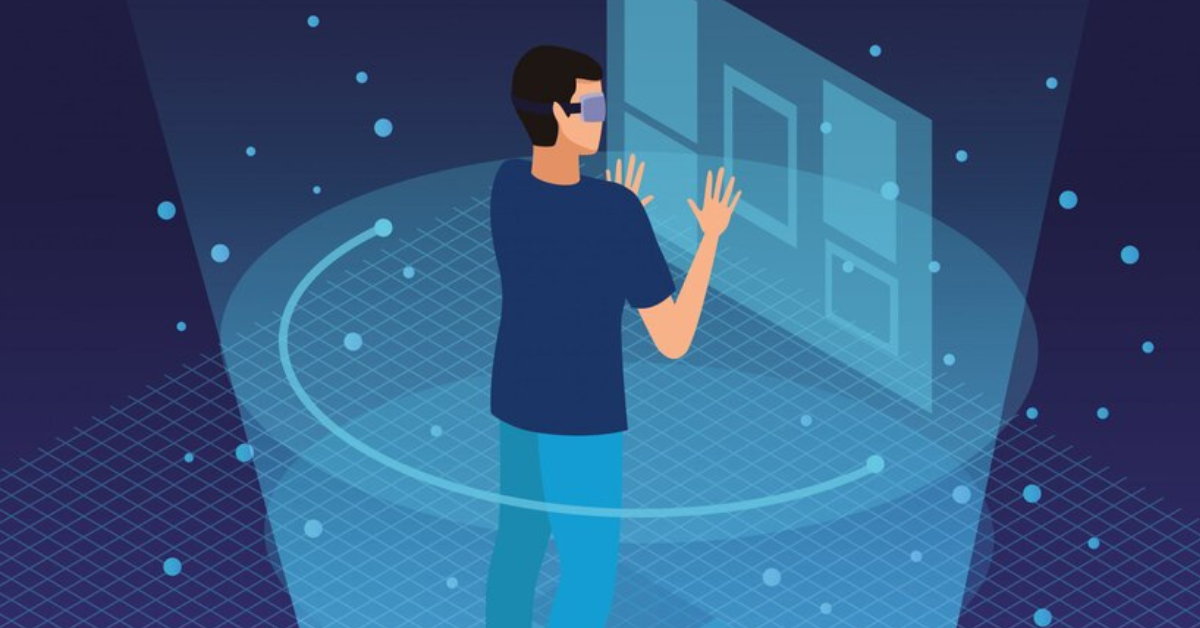The digital mirror, also known as a smart mirror or magic mirror, is no longer just a concept from science fiction. It has evolved into a practical and impressive piece of technology, transforming how we interact with everyday reflections. From displaying your schedule to providing real-time weather updates or even streaming the news, digital mirrors combine functionality and flair to enhance daily life.
In this article, we will explore what makes digital mirrors so compelling, how they work, and their applications in both home and commercial environments.
Table of Contents
- What Is a Digital Mirror?
- How Digital Mirrors Work
- Components of a Digital Mirror
- Benefits of Using a Digital Mirror
- Table: Key Features of Digital Mirrors
- Applications in Daily Life
- Commercial and Business Uses
- DIY Digital Mirro’r Projects
- Tips for Choosing the Right Digital Mirro’r
- Challenges and Limitations
- The Future of Smart Mirror Technology
- Final Thoughts and CTA
- FAQ Section
1. What Is a Digital Mirror?
A digital mirro’r is a reflective surface integrated with a display screen and smart technologies. It looks like a standard mirror but doubles as a digital interface, providing real-time data and interactive functionality.
2. How Digital Mirrors Work
Digital mirrors typically function by combining a semi-transparent reflective surface with an LCD or LED screen placed behind it. When the screen is on, content appears through the mirror. When it’s off, it functions as a regular mirror.
3. Components of a Digital Mirror
- Two-way mirror glass
- Display screen (LCD or LED)
- Raspberry Pi or other mini-computers
- Wi-Fi/Bluetooth connectivity
- Sensors (touch, motion, temperature)
- Integrated software and widgets
4. Benefits of Using a Digital Mirror
- Display time, date, and weather at a glance
- View calendar and reminders
- Stream news, social media updates, or YouTube videos
- Monitor fitness stats with compatible wearables
- Smart home control integration (lights, thermostats, cameras)
5. Table: Key Features of Digital Mirrors
| Feature | Description |
| Reflective Display | Dual function mirror and screen |
| Voice/Touch Control | Interact with apps and widgets |
| Real-Time Info | Calendar, weather, news, etc. |
| IoT Compatibility | Connects to smart home devices |
| Customizable Interface | Choose layout and content modules |
| Health Tracking | Displays fitness stats with wearable integration |
6. Applications in Daily Life
Digital mirrors are ideal for enhancing morning routines. While brushing your teeth, you can check your emails, schedule, or local traffic updates. They can also be installed in bedrooms, entryways, or bathrooms for added utility and convenience.
7. Commercial and Business Uses
In retail and hospitality industries, digital mirrors add significant value:
- Virtual try-on in fashion stores
- Personalized greetings in hotels
- Product recommendations in beauty salons
- Interactive signage in malls and events
8. DIY Digital Mirror Projects
With affordable hardware like Raspberry Pi and open-source platforms like MagicMirror, tech enthusiasts can build their own smart mirror. These DIY mirrors offer full control over the interface and functionality.
Basic tools needed:
- Raspberry Pi 3A+ or newer
- Two-way glass
- Monitor or tablet screen
- Wooden frame or mount
- Open-source smart mirror software
9. Tips for Choosing the Right Digital Mirror
- Define your primary use: personal, professional, or entertainment
- Check screen resolution and brightness
- Ensure it supports your smart home ecosystem
- Prefer mirrors with updateable software
- Consider size and aesthetics for your space
10. Challenges and Limitations
Despite their appeal, digital mirrors do have limitations:
- High upfront cost for commercial-grade models
- Software may require technical know-how to update
- Privacy concerns with always-connected devices
- Limited availability of pre-built consumer models
11. The Future of Smart Mirror Technology
With advancements in AI and AR, digital mirrors are expected to become more intuitive and interactive. Facial recognition, voice customization, and enhanced integration with virtual assistants will likely become standard. They’re not just about convenience but also personal wellness and automation.
12. Final Thoughts and CTA
The digital mirror is a remarkable example of how technology is blending seamlessly into everyday life. Whether you’re looking to streamline your routine, enhance your workspace, or simply enjoy a touch of futuristic tech, a digital mirro’r could be the perfect fit.
Curious about building or buying a digital mirro’r? Start by assessing your needs, then explore the many options available to transform your reflection into something extraordinary.
Frequently Asked Questions (FAQ)
What is a digital mirror? A digital mirror is a smart device that combines a standard mirror with a digital screen and software, displaying real-time data and offering interactivity.
Can I make my own digital mirror at home? Yes, with tools like Raspberry Pi, a screen, and two-way glass, you can build a DIY digital mirror using open-source platforms.
Are digital mirrors expensive? Prices vary. DIY options can be affordable, while commercial models may range from several hundred to thousands of dollars depending on features.
What can a digital mirror display? Time, weather, calendar, news, health stats, social media, and even home automation controls.
Is a digital mirror safe to use in the bathroom? Yes, as long as the components are properly insulated and rated for moisture resistance.











